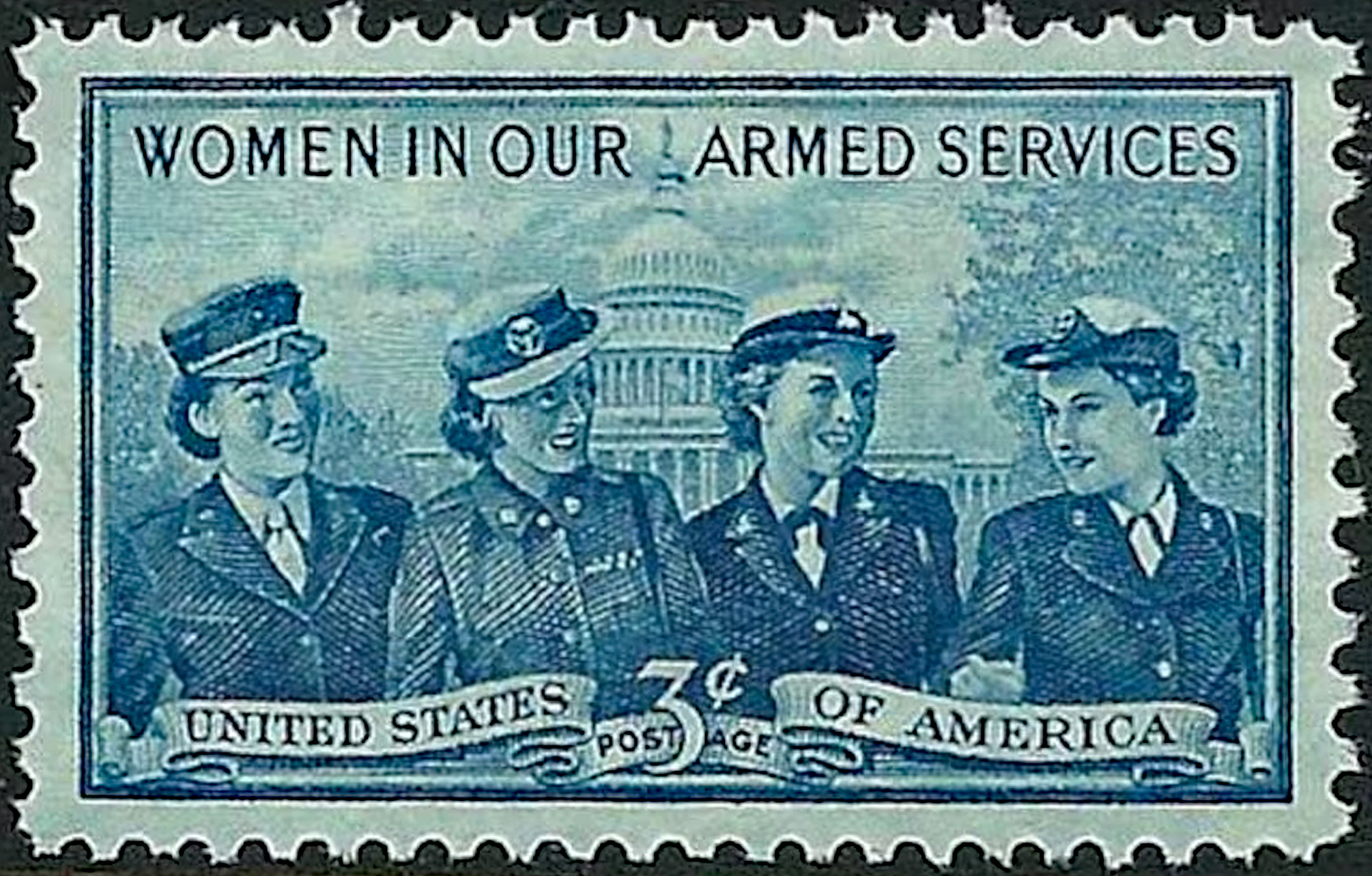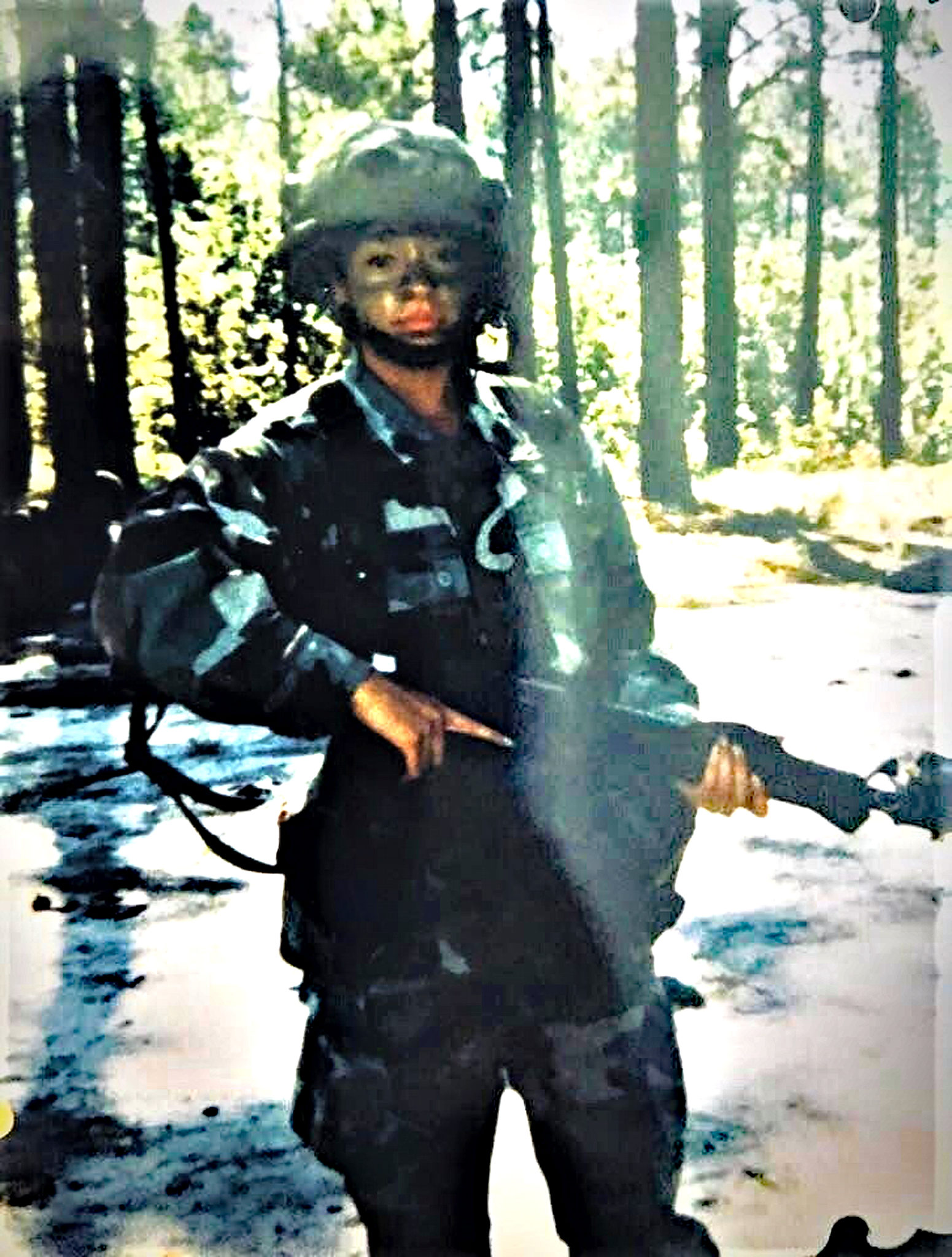Honoring Women in Military Service throughout U.S. History

By Donna Reuss
Alexandria, VA – If you watched the opening of Super Bowl LVII, you witnessed another first for military women: the first U.S. Navy flyover performed by all women pilots. The event honored 50 years of female Naval aviators.
Now, imagine a time when women, despite all their military accomplishments and contributions, were told that they were not officially members of the service and were not entitled to military or veterans benefits.
Women have been integral to the military since the beginning of this country and have continued to serve throughout our history. We all have heard stories of women in the American Revolution and the Civil War, some even dressing to pass as men so they could serve. Or the exceptional service of nurses during the Spanish-American war that led to the establishment of both the Army and the Navy Nurse Corps.
During World War I, thousands of women volunteered to fill critical support roles with the various military services. However, the operative word was “volunteer.” Except for those in the nursing corps, females who worked with the Army under contract or as volunteers, many of them overseas, served without the benefit of official military status. They had to obtain their food and quarters and received no legal protection or medical care. If they died in the line of duty, their spouses could not collect death benefits. And on returning home, they were not entitled to military veteran disability benefits, pensions, or re-employment rights.
With the outbreak of World War II, Congresswoman Edith Nourse Rogers of Massachusetts introduced legislation enabling women to serve in the Army in noncombat positions. Although she believed the women’s corps should be part of the Army so that women would receive equal pay, pension, and disability benefits, the Army did not want to accept women directly into its ranks. After much debate, the final bill represented a compromise: the Women’s Army Auxiliary Corps (WAAC) would be established to work with the Army. Every auxiliary would be trained in a noncombatant military job and thus “free a man for combat.” On 15 May 1942, the bill became law.
The WAACs had gained official status and salary, but still not all the benefits accorded to men. While auxiliaries could serve overseas, they were not provided the overseas pay, government life insurance, veterans medical coverage, or death benefits granted Regular Army soldiers. If WAACs were captured, they had no protection under existing international agreements covering prisoners of war. During the same period, other branches of the military had similar women’s units, including the Navy’s WAVES – Women Accepted for Volunteer Emergency Service; U.S. Coast Guard SPARS, a contraction of the Coast Guard’s motto: Semper Paratus, Always Ready; and the Marine Corps Women’s Reserve.
On 1 July 1943, President Franklin D. Roosevelt signed legislation that changed WAAC’s name to the Women’s Army Corps (WAC) and made it part of the Army of the United States. WACs received full Army benefits in keeping with their male counterparts. Members of the WAAC could request an honorable discharge or join the WAC. (In 1980, 16,000 women who had joined as WAACs finally were granted veterans’ benefits.)
But, except for nurses, women still served in the military only during war. They had no peacetime service component or even an inactive Reserve to join once the conflict was over. Further, the legislation granting the WAC full-service status was set to expire in 1948.

The Women’s Armed Services Integration Act, signed into law by President Harry S. Truman on 12 June 1948, granted women the right to serve as permanent, regular members of the Army, Navy, Marine Corps, and the recently formed Air Force, and in the Reserve components of these services.
A year earlier, the SPARs, formed while the Coast Guard was under the control of the Navy, had disbanded when the Coast Guard returned to the Department of the Treasury. The WAVES disbanded as a result of this new law.
The WAC, however, remained a separate unit of the Army until 1978, when male and female forces were integrated. Even then, many job fields were closed to women, particularly those considered combat roles.
Finally, in January 2013, the U.S. ended the policy of “no women in units that are tasked with direct combat.” All positions are now open to women, including those female aviators at the Super Bowl.
During this Women’s History Month, we salute all the women who have served or continue to serve for their contributions to American history.
If you are a veteran, a veteran’s family member, or know a veteran who needs help, go to Virginia Board Veterans Services at www.dvs.virginia.gov/dvs; dss.virginia.gov/community/211.cgi, contact the American Legion Post 24 Veterans Service Officer at [email protected]; or check out the Resources List on the Post 24 website at valegionpost24.com. For crisis intervention and suicide prevention services, dial 988 and Press 1, or text 838255, for the Veterans Crisis Line.
ICYMI: Mayor Provides Update on Affordable Housing in Council Connection Newsletter




